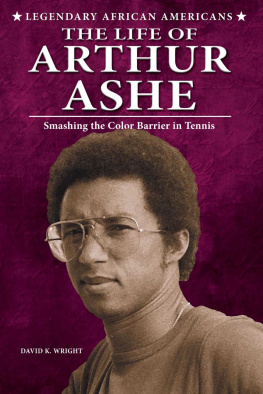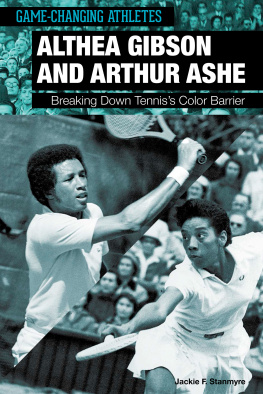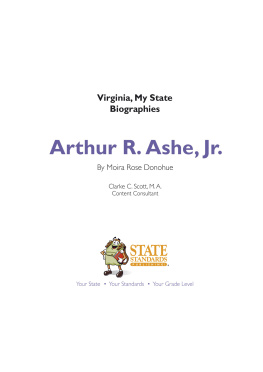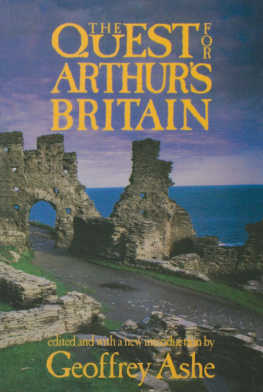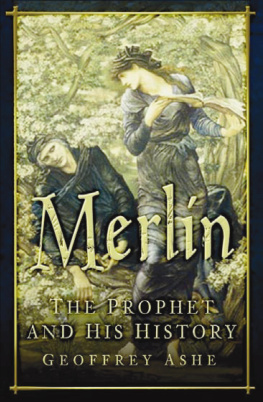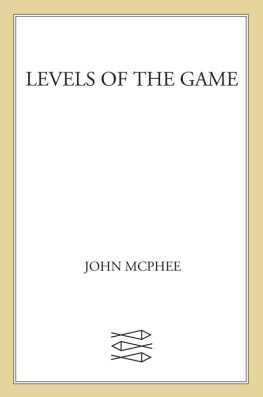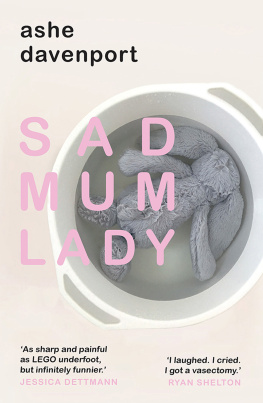For the dearest of friends
James Oliver Horton (19432017) and Lois E. Horton
And for my beloved grandson
Lincoln Hardee Powers
PREFACE
For the past ten years, I have enjoyed playing doubles just about every Sunday morning on the soft courts of the St. Petersburg Tennis Center, where Arthur Ashe played his final match as an amateur in March 1969, the year I graduated from college. Playing under a high-blue, Florida sky with old friends: what more could one ask for, aside from a faster serve, a better backhand, and a little luck against left-handers? Of course, even Ashe had trouble against left-handers, especially his nemesis, the great Aussie Rod Laver. So I shouldnt have been surprised in January 2016, when a crafty left-handed opponent hit a drop shot that caught me off guard, causing me to lunge awkwardly, lose my balance, and fall to the groundbreaking my left wrist in two places. Embarrassed, I joked with friends that my clumsiness proved, once and for all, that I was no Arthur Ashe.
Clearly, there is only so much a biographer can learn from his subject. As my doubles partners will attest, immersing myself in all things Ashe has not improved my tennis game, and I still play with more enthusiasm than skill. On the other hand, I feel my continuing encounter with Arthur (it took me several years to reach the point where I felt comfortable referring to him on a first-name basis) has been immensely helpful in other parts of my life. Of all the historical characters I have studied during my long scholarly career, he comes the closest to being an exemplary role model. He wasnt perfect, as the chapters following will demonstrate, and he, like everyone else, was a flesh-and-blood human being limited by flaws and eccentricities. Yet, through a lifetime of challenges large and small, he came remarkably close to living up to his professed ideals.
As the first black man to reach the upper echelon of a notoriously elitist and racially segregated sport, Ashe exhibited an extraordinary strength of character that eventually made him the most beloved and honored figure in tennis. He was the Jackie Robinson of mens tennis, but unlike the great Brooklyn Dodger star he was destined to soldier on alone throughout his playing career. On the mens tour of the 1960s and 1970s, there was no counterpart to Robinsons black peersno Lary Doby, Willie Mays, or Hank Aaron. Though shy and generally reticent into his mid-twenties, Ashe took a sharp turn toward activism in 1968 and never looked back. By the close of his career, he had become a model of cosmopolitanism and a self-proclaimed citizen of the world, earning almost universal respect as a forceful civil rights activist, an independent-minded thinker and writer, a humanitarian philanthropist, and an unrivaled ambassador of sportsmanship and fair play. More than any other athlete of the modern erawith the possible exception of Muhammad Alihe transcended the world of sports.
Arthur had a positive impact on virtually every part of the world he touched by adhering to a stringent code of personal ethics, an uncommon generosity and empathy in his dealings with all who crossed his path, a passionate belief in the salvific power of education and intellectual inquiry, an extraordinary work ethic, and a deep commitment to social and civic responsibility. Add his zest for life and capacity for true friendship and you have the full package of commendable personal traits. He did not live very longdying five months short of his fiftieth birthdaybut he jammed as much meaningful activity into his relatively brief lifetime as was humanly possible.
Ashes remarkable saga deserves a full biographical treatment that balances text and context, while paying careful attention to the multiple dimensions of his life. At its core, Arthur Ashe, A Life tells the story of an African American tennis player who overcame enormous obstacles to become one of the most successful and influential athletes of the twentieth century. Yet it also examines the lives of hundreds of other supporting charactersall connected in some way with Ashes struggle and ascent. Written in the form of a braided narrative, the analysis twists and turns through a series of interrelated stories involving Ashe, his contemporaries, and the profound economic, social, cultural, and political changes that marked the half century following the close of World War II.
These stories developed against a complex backdrop that included militarization and the Cold War, the African American freedom struggle, major waves of feminism and antiwar sentiment, wrenching challenges to the industrial order, consumption on an unprecedented level, revolutionary changes in the role of television and mass media, and the maturation of celebrity, sports, and leisure as all-encompassing phenomena. Accordingly, this book presents an extended meditation on three of the most important themes in modern American historythe consequences of racial discrimination, the movement to overcome that discrimination, and the emergence of professional sports as a dominating cultural and commercial force.
The general outline of Ashes life is well known. He has not been forgotten, and invoking his name still triggers recognition and respect among millions of tennis fans, especially among those who are African American. His legacy lives on in several organizations that he helped to found, including the Association of Tennis Professionals and the National Junior Tennis Learning Network. Indeed, with his continuing presence on televisioneither in the documentaries that often appear on ESPN, HBO, or Tennis Channel, or in the annual tributes accompanying broadcasts of the U.S. Open matches played at Arthur Ashe Stadiumthe situation could hardly be otherwise.
What has been missing, however, is access to the intricate web of his lifeto the tangled strands of experience accumulated over nearly half a century. Today, twenty-five years after Ashes death in 1993, the absence of a full-scale biographical treatment is striking. With this in mind, I offer Arthur Ashe, A Life as an attempt to do justice to the nuances and subtleties of a personal saga worthy of our full attention. Such books were once a rarity in the historical literature on sports. But in recent years there has been a proliferation of carefully crafted sports biographies, several of which deal with African American athletes. The best of these black biographiesstudies of Hank Aaron, Willie Mays, Jesse Owens, Joe Louis, Satchel Paige, Muhammad Ali, Roberto Clemente, Jackie Robinson, Sugar Ray Robinson, and Bill Russellhave placed individual experiences in the broader context of American history, illuminating the frequently overlooked cultural dimension of the national struggle for civil rights.
Books on figures from the realms of baseball, basketball, and boxing dominate this list, while many other sports, including tennis, are conspicuous by their absence. The closest we have come to a major tennis biography are Frank Defords groundbreaking Big Bill Tilden (1976), Susan Wares excellent Game, Set, Match: Billie Jean King and the Revolution in Womens Sports (2011), and Chris Bowerss recently published Federer (2016).
Ashes memoirs complement the wealth of archival material in the Arthur Ashe Papers located at the New York Public Librarys Schomburg Center for Research in Black Cultureas well as the material gleaned from more than one hundred interviews with individuals who knew him well. Together these sources make it possible for a biographer to give voice to a man who has been dead for a quarter century. Whenever possible, I have allowed Arthur to speak for himself. Quoting liberally from his published writings, I have tried to recapture the texture and meaning of his experiences, from his early years in Richmond to his final days as a public intellectual and activist holding forth on a range of important social and political issues.


